Entry Category: Law - Starting with D
aka: Bates v. City of Little Rock
Danielson, Paul Edward
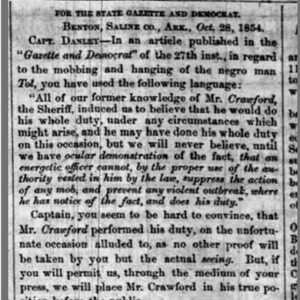 Danley Comment Story
Danley Comment Story
 Danville Lynching Article
Danville Lynching Article
Danville Lynching of 1883
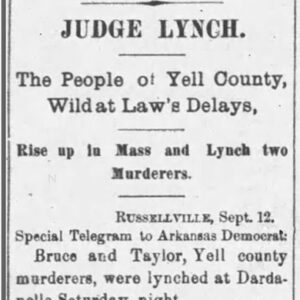 Dardanelle Lynching Article
Dardanelle Lynching Article
Dardanelle Lynching of 1881
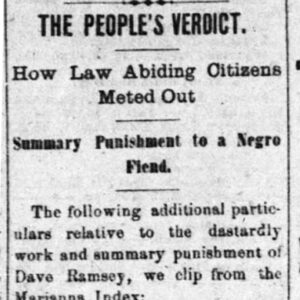 Dave Ramsey Lynching Article
Dave Ramsey Lynching Article
 David S. Lewis Execution Story
David S. Lewis Execution Story
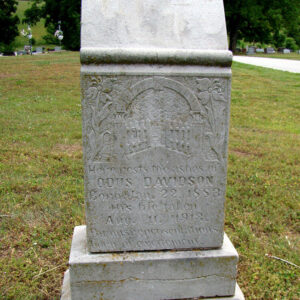 Odus Davidson Gravestone
Odus Davidson Gravestone
Davies, Ronald Norwood
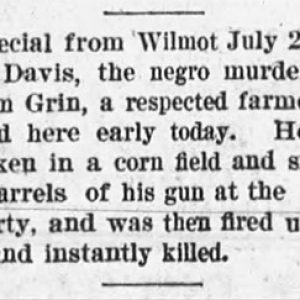 Chick Davis Lynching Article
Chick Davis Lynching Article
 Alford Davis Lynching Article
Alford Davis Lynching Article
Davis, Alford (Lynching of)
Davis, Anthony (Lynching of)
Davis, Chick (Lynching of)
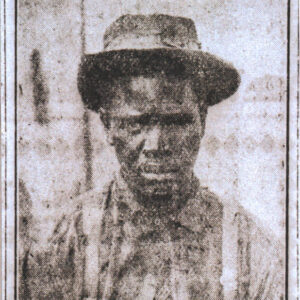 Elisha Davis
Elisha Davis
Davis, Elisha (Execution of)
Davis, Howard (Lynching of)
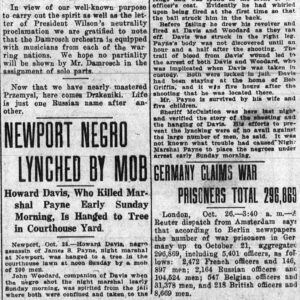 Howard Davis Lynching Article
Howard Davis Lynching Article
Davis, Jim (Trial and Execution of)
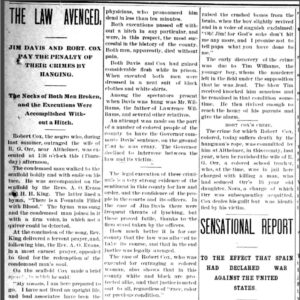 Jim Davis Article
Jim Davis Article
Davis, L. Clifford
Davis, Lovett (Lynching of)
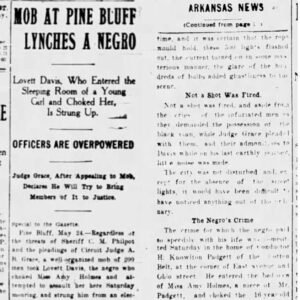 Lovett Davis Lynching Article
Lovett Davis Lynching Article
Davis, Miller (Execution of)
 Miller Davis Crimes Story
Miller Davis Crimes Story
 Miller Davis Execution Story
Miller Davis Execution Story
 Miller Davis Execution Story
Miller Davis Execution Story
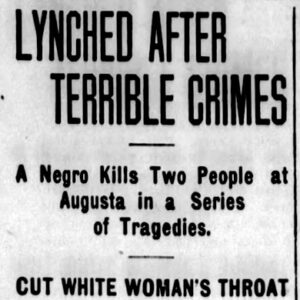 Arthur Dean Lynching Article
Arthur Dean Lynching Article
Dean, Arthur (Lynching of)
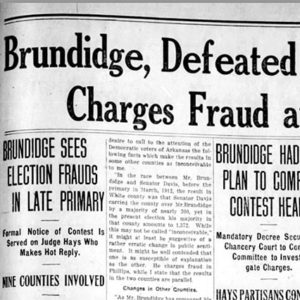 Defeat Headline
Defeat Headline
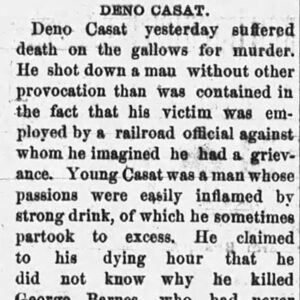 Deno Casat Execution Story
Deno Casat Execution Story
Devoe and Huntley (Lynching of)
aka: Huntley and Devoe (Lynching of)
Dewees, Mary
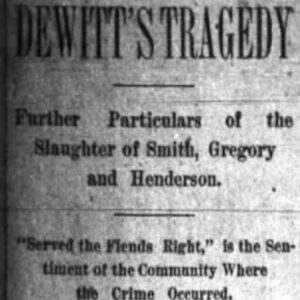 DeWitt Lynching Article
DeWitt Lynching Article
DeWitt Lynching of 1891
Dickey, Betty
Dickinson, Thomas (Execution of)
Dickinson, Townsend
Dillard (Lynching of)
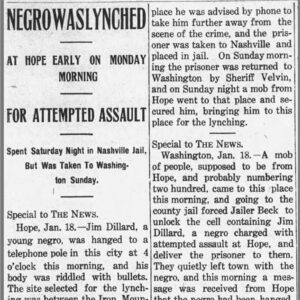 "Jim" Dillard Lynching Article
"Jim" Dillard Lynching Article
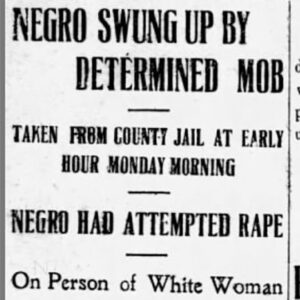 "Tom" Dillard Lynching Article
"Tom" Dillard Lynching Article
 Dixon Execution Story
Dixon Execution Story
Dixon, Giles (Execution of)
 Dock Driver Execution Article
Dock Driver Execution Article
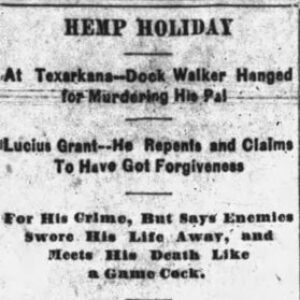 Dock Walker Execution Story
Dock Walker Execution Story
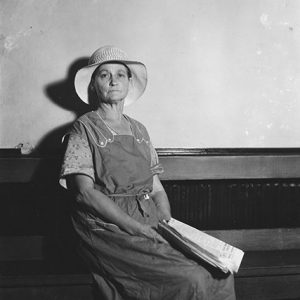 Octavia Dockery
Octavia Dockery




